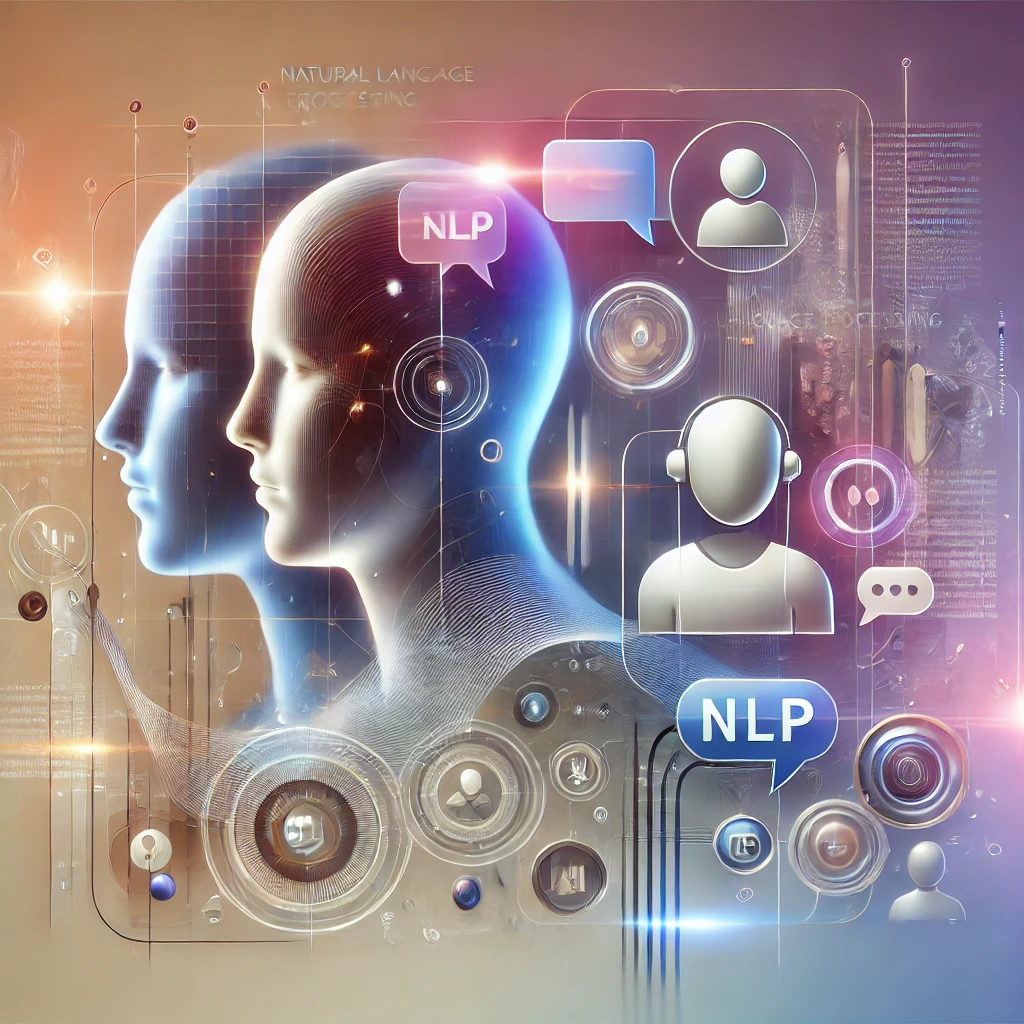The Rise of Natural Language Processing

Natural Language Processing (NLP) is revolutionizing how humans interact with technology, enabling machines to understand, interpret, and respond to human language with remarkable accuracy. From enhancing customer service to transforming content creation, NLP is driving innovation across industries.
One of the most prominent applications of NLP is in **customer support**. AI-powered chatbots and virtual assistants can now handle complex queries, provide instant responses, and offer personalized solutions—improving efficiency while enhancing user satisfaction.
In **content creation**, NLP tools are streamlining workflows for writers, marketers, and creators. From generating blog posts and product descriptions to summarizing reports, these AI-driven platforms save time while maintaining quality.
**Sentiment analysis** is another powerful use case. By analyzing customer feedback, social media posts, and reviews, businesses can gauge public sentiment, identify trends, and make informed decisions to improve products and services.
However, as NLP continues to advance, challenges remain. Ensuring accuracy across different languages, dialects, and contexts requires ongoing refinement. Additionally, ethical considerations around bias and privacy must be addressed to maintain user trust.
Despite these challenges, the future of NLP looks promising. As technology evolves, businesses that embrace NLP will unlock new opportunities for efficiency, innovation, and deeper customer connections.
From chatbots to content generation, NLP is not just a trend—it's shaping the future of human-computer interaction. The question is no longer *if* businesses will adopt NLP but *how quickly* they can integrate it to stay competitive.